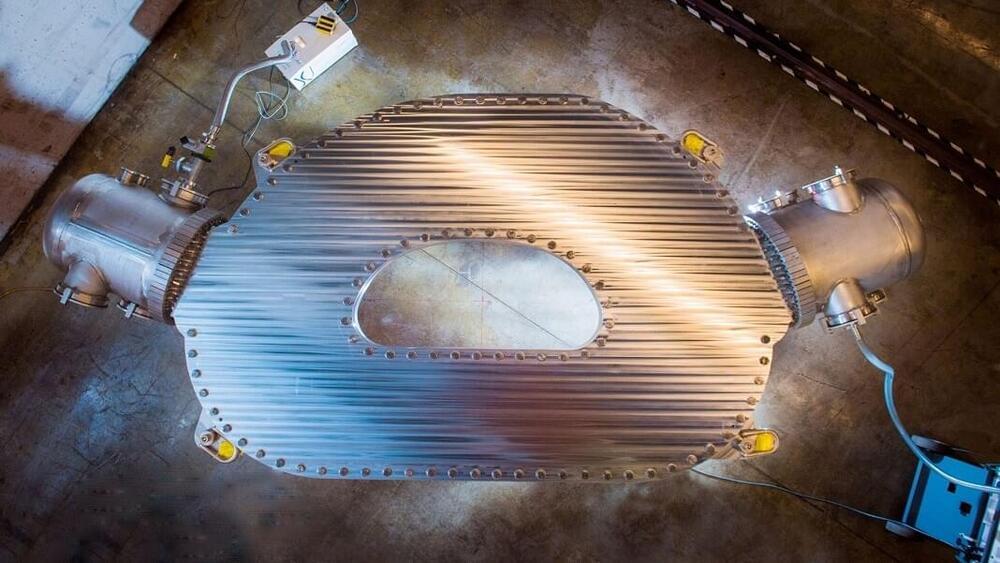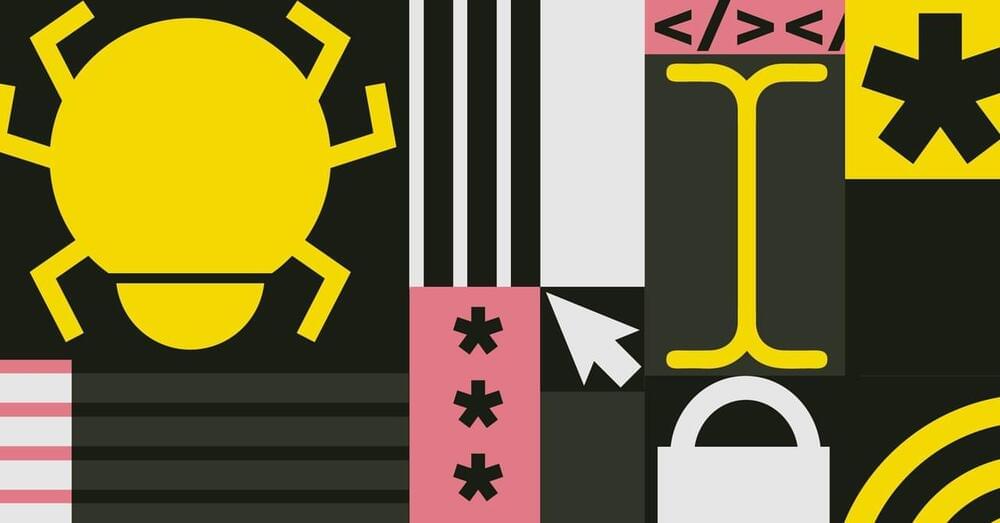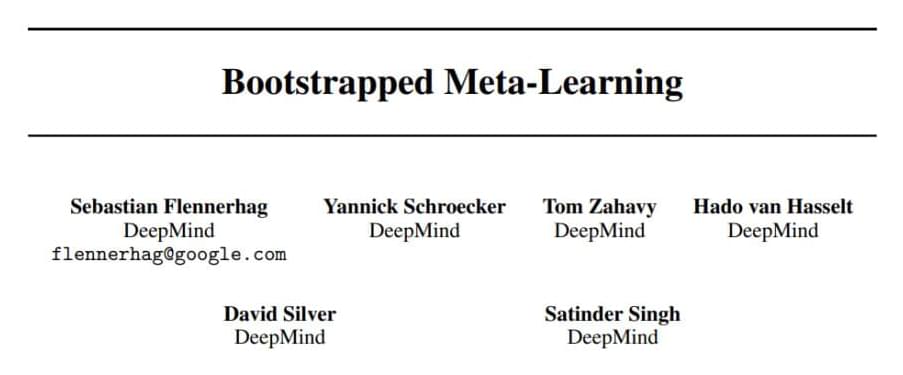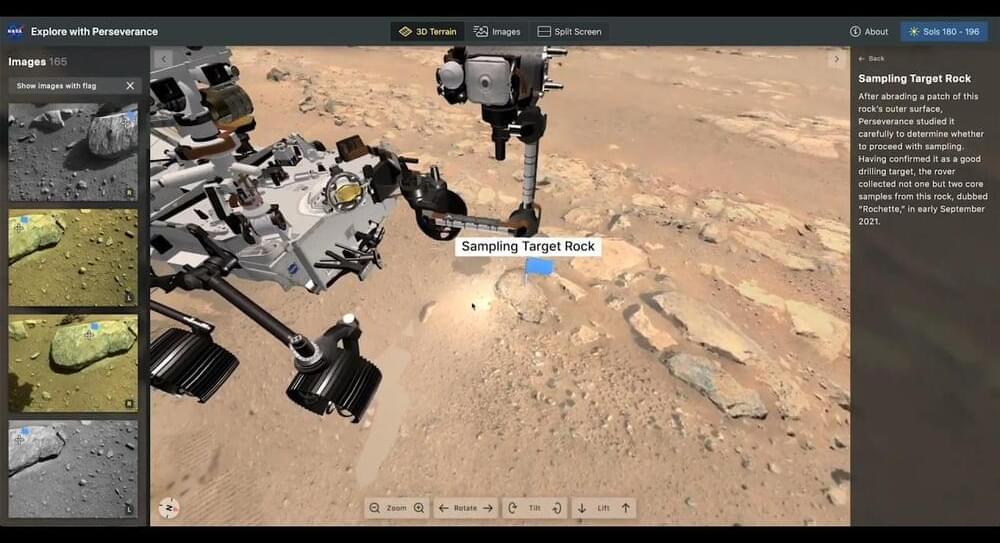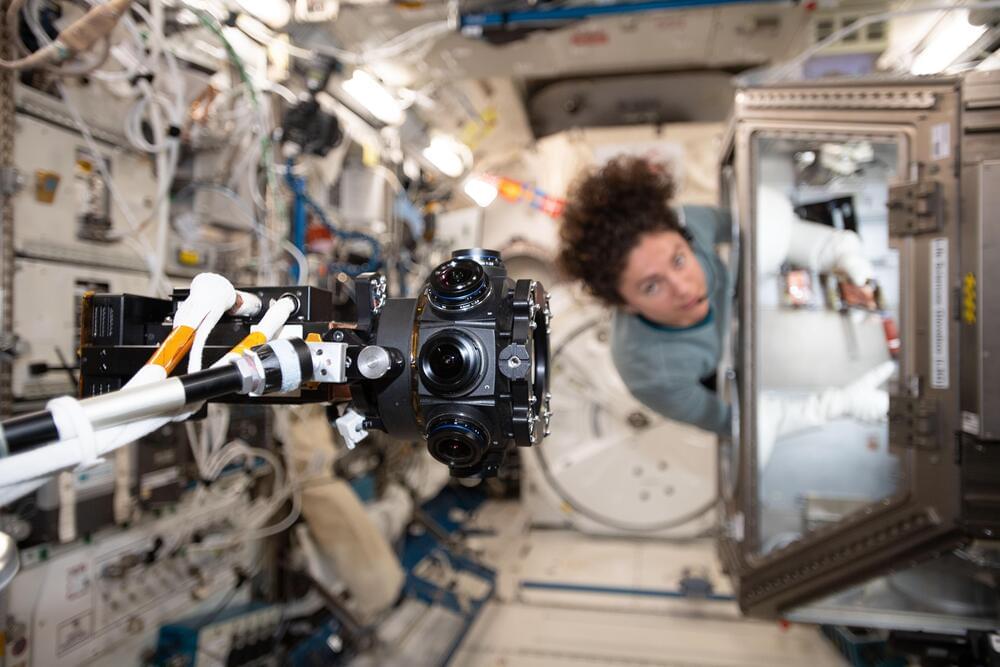Scientists in the U.S. and U.K. have recently grown seven miniature human organs and housed them together on a chip to create a human-on-a-chip, a whole body biomimetic device. These clusters of assembled cells mimic how organs in the body function, both separately and in tandem.
The chip could take the place of animal and tissue testing for drugs in pharmaceutical development, say its creators. It will have to win regulatory approval in each country looking to use it for tests, and it could allow for insights into how organs interact, says Linda Griffith, professor of biological and mechanical engineering at the Massachusetts Institute of Technology.
Griffith heads The PhysioMimetics program at MIT, which has collaborated with CN Bio Innovations, a British company that creates live organ-on-a-chip devices. The $26.3-million development program is funded by the Defense Advanced Research Projects Agency.

